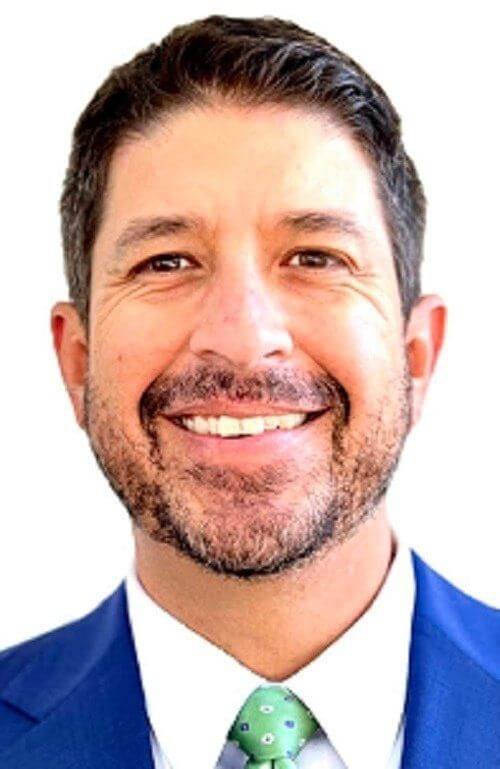Damage to the neck and back is common after a car accident. What most don’t know is that this is not simply something that will go away over time. Injuries to the neck and back following a car crash can be extremely serious and life-altering. These injuries can cause tremendous pain and various side effects such as tingling, numbness, loss of feeling or sensation and in the most extreme cases, paralysis or death. Symptoms vary depending on what parts/regions of the spine have been affected or damaged.
Cervical Spine
This part of the spine supports the neck and brain. Commonly referred to as C1 to C7, this region of the spine controls most of the rotation of the neck (upper region) and the ability to move the neck forward and backward. Moving the neck toward the chest and backward is known as flexion and extension.
After an accident an x-ray can show a loss of the curvature of the spine. When healthy, this part of the spine curves inward in order to support and assist in the movement of the head and neck.
Symptoms felt after damage to this are a stiff neck or paralysis and a loss of sensation in the arms and legs. It is not uncommon for people with damage to the cervical spine to feel pain, tingling and numbness in the neck and upper back (between the shoulder blades). These symptoms do not have to be necessarily concentrated on this regional but can cause a shooting pain or tingling down the arms and fingers and even the toes. The most vital nerves in the spinal cord are protected by the cervical spine. This includes movement and breathing.
Thoracic Spine
The middle portion/region of the spine, directly below the cervical spine and above the lumbar, is the thoracic spine. This region is referred to as T1-T12. This part of the spine helps lifting and stability. Although rare, damage to this region causes upper back pain and stiffness.
Why does the thoracic spine have limited mobility? That’s because it is supported by the ribcage and provides protection of the heart and lungs.
Lumbar Spine
This part of the spine sits below the thoracic and consists of L1-L5. Here, the entire torso’s weight is supported. Much like the cervical spine, the lumbar spine has a natural curvature inward toward the front of the body—helping with stability and flexibility.
The most common site of the injury because it performs most of the work for our bodies. While most people suffer injuries to the lumbar spine region by either heavy lifting, playing golf or from sitting incorrectly, it is also one of the most common injuries to the spine after a car accident.
Disc herniation or compression may be the cause of lower back pain. There may be other causes of lower back pain such as muscle strains extending throughout the back. However, muscle strains heel on their own after a few weeks. If you have suffered damage to the spine itself, you need to be evaluated by a medical professional as that is a lot more serious.
Sacral Region
The sacrum is a triangular shaped bone at the bottom of spine. Situated between the pelvis, it connects the spine to the rest of the body. Eventually the five vertebrae fuse into one bone and meet the last lumbar vertebra (known as L5-S1). Because this allows for rotation of the entire body, damage to this region, sacroiliac joint, can lead to debilitating pain and difficulty doing common everyday activities such as walking, bending or even sitting in a chair.
Have You Been Involved In A Miami Area Accident
Have you been hurt in an accident in Miami? If so, you need to speak with an experienced personal injury lawyer as soon as possible. Contact me online or call my Miami office directly at 305.707.7345.
|
Related Links: |

